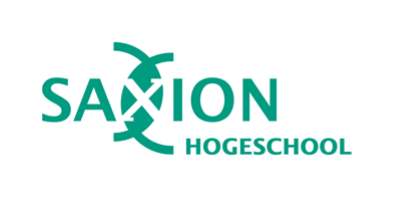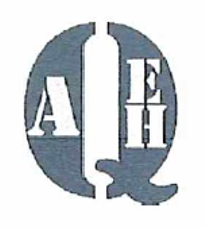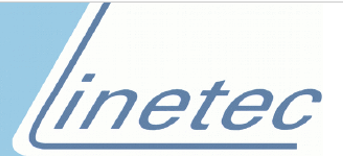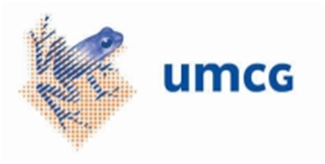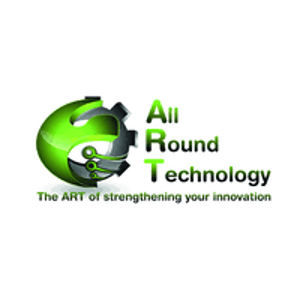Nanosensor for detection of fat metabolism
In this project, a nanosensor for continuous measurement of acetone from the skin will be developed. Acetone is a residue of fat-burning and as such provides real time feedback of fat-metabolism. This study will be performed with a unique consortium between universities (Saxion), enterprises (Alb. Van Gool R&D, QAEH, Lionix International, All Round Technology and Linetec), Hospitals (University Medical Center Groningen and Medical Spectre Twente) and patient and user associations (Diabetesvereniging Nederland and Bas van de Goor Foundation).
In diabetic patients, ketoacidosis is a serious and life-threatening condition. In 2018, in the Netherlands 100,000 people diabetes type 1 were reported. In the upcoming decades, the obesity epidemic and physical deconditioning will lead to increase in metabolic disorders including diabetes mellitus, steadily increasing the demand on healthcare resources.
Monitoring fat-metabolism is of great importance in obese patients and in diabetic patients to prevent from respectively metabolic disorders or ketoacidosis. The sensor guides healthcare professionals and patients by accurately monitoring fat-metabolism and motivates to maintain an active lifestyle.
This project has three main aims:
- To develop the sensor from alpha version to minimal viable product, by further improving the sensor readout and reducing the size to a suitable wearable format.
- To study effect of physical activity on acetone secretion in order to be able to relate the sensor
readout to the level of physical exercise. - To create an interface and study feasibility and usability with target group.

